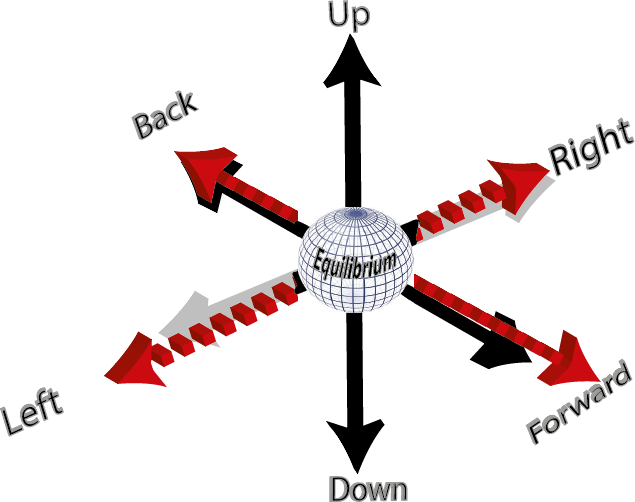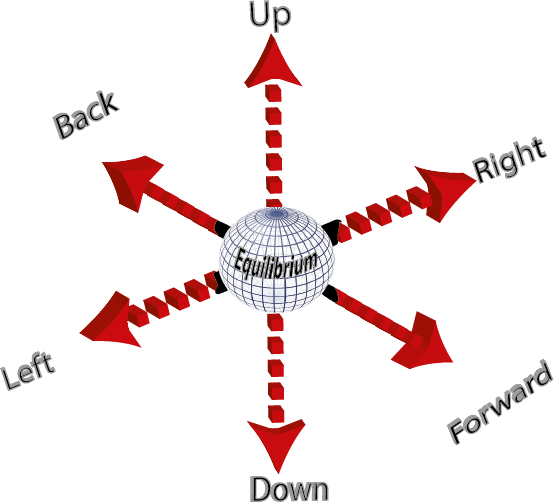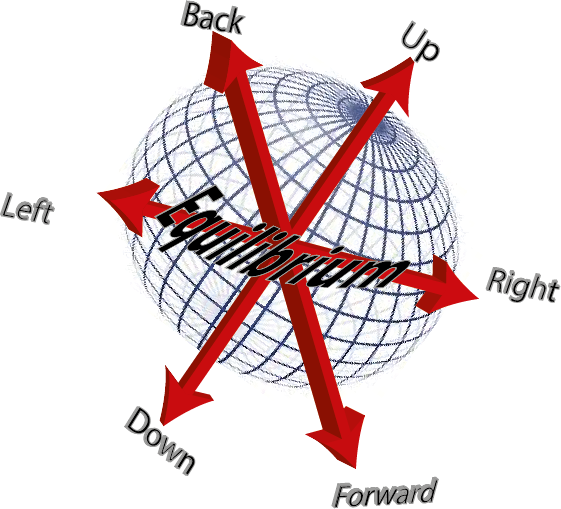The Collective Leadership Inventory is closely aligned to the concepts of synergetics and cybernetics, based on the geometric work of Buckminster Fuller and Stafford Beer respectively. There is only one universal system and that is the universe; all other systems are created by humans and they are thus fallible!
This is the gist of the argument put forward by one of the most inspiring thinkers of the 20th century but one who was often side-lined for his views as he was a man well ahead of his time. This was Buckminster Fuller (affectionately known as Bucky Fuller). Fuller saw the Universe as a generative, self-supporting, self-sustaining entity which provides for all life forms it contains. It is also a universal law that to achieve synergy, the whole system should be the first focus of attention rather than examining the individual parts of the whole (which is where, it is suggested, that cybernetics plays its part). Fullers’ approach is based on what he describes as 12 degrees of freedom which can be simply described as the movement of a rigid body inside space.
There are six positive and six negative degrees of freedom and this forms the basis of a useful approach in measuring the extent of a system’s (partnership’s, as widely defined) mobility.
Referring more specifically to Fuller, understanding the basic rules of the 12 degrees of freedom assists in identifying how many alternative directions of motion must be impeded before the body in space is completely restrained (what we refer to here as the ‘equilibrium’ of partnership systems working). This entails exploring the progressive discovery of the integral unknowns (which today is understood as meaning the ‘unknown unknowns’ and the efforts that must be made to make these known). This dictates a basic strategy of starting with a whole system and then investigating its parts, which is why the collective leadership framework and model draws on both synergetics and cybernetics as its foundation.
Axial
A prime motion of our Universe and fundamental to the Universe. In relation to the Earth, the north and south poles are two (imaginary) points where the Earth’s axis of rotation intersects the celestial sphere.

Orbital
Orbital rotation is also fundamental to the Universe and is ‘the norm’. People refer to the Sun “going down” in the evening and using the words “up” and “down” instead of “in”, “out” and “around”. We are conditioned to look up and down in 180°.

Expansion/Contraction
This represents the rationale of evolutionary expanding capacity and contraction of needs. Fuller used the buildings of antiquity as an example. Put a beam between two walls and, as the load comes on top, the bottom tries to open up – the top goes into compression and the bottom goes into tension. This is why the ancient Greeks built columns very close to each other.

Torque and Twist
A disturbing torque or twist can alter the rotational axis or orbit in which an object is in motion.

Inside-Outing
This means inverting the arrangement of the tension and compression components of a structure. Fuller referred to this as to evolute, which is defined as “to cause to perform an evolution’; a new way of thinking and acting. He suggests that we should consider changes from the inside rather than the outside.

Precession
This is the least understood of Fuller’s twelve degrees of freedom, but, one, if not the most, important. For example, the Earth precesses at 90 degrees from the direction of pull, in much the same way as a spinning top does when you ‘spin-it’. It has done this for billions of years. The earth could be knocked off this axis could by a comet and, similarly, the spinning top could do likewise by the intervention of a human finger..

